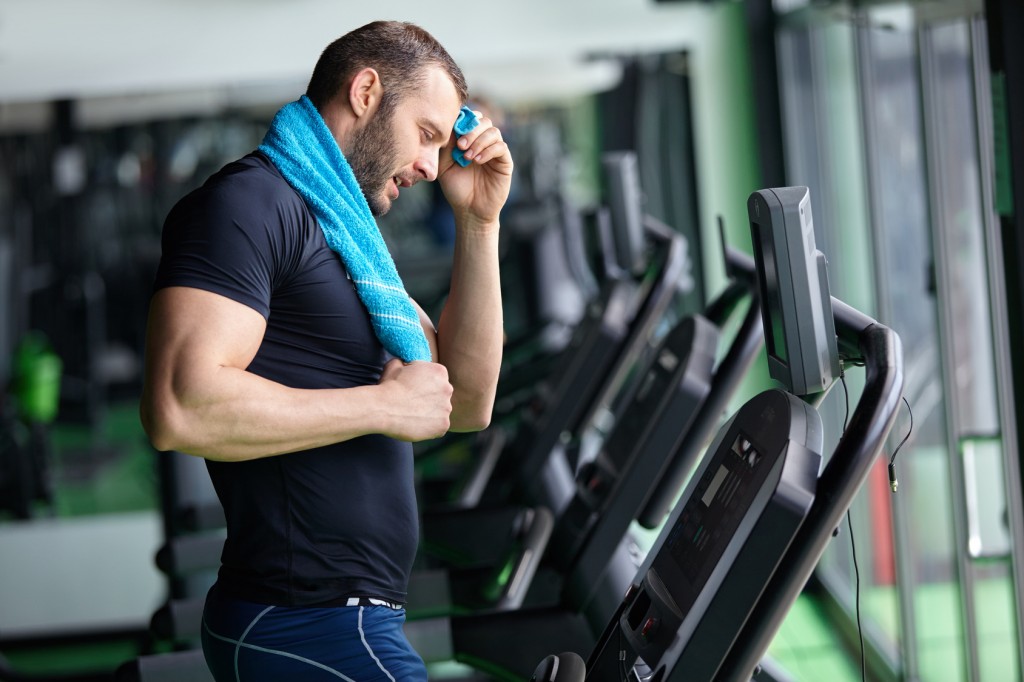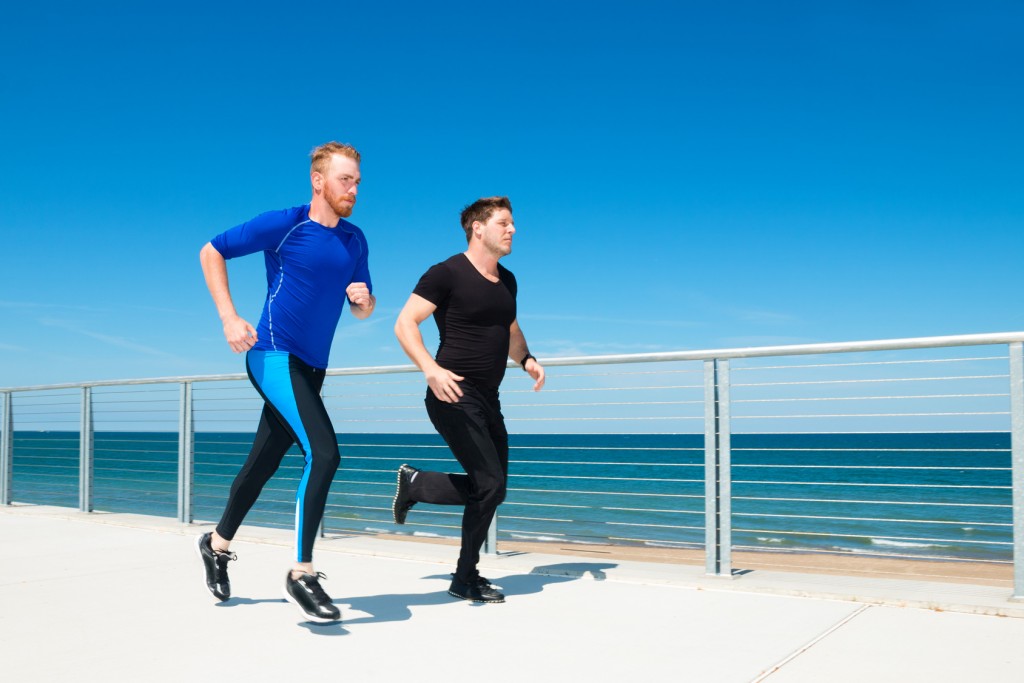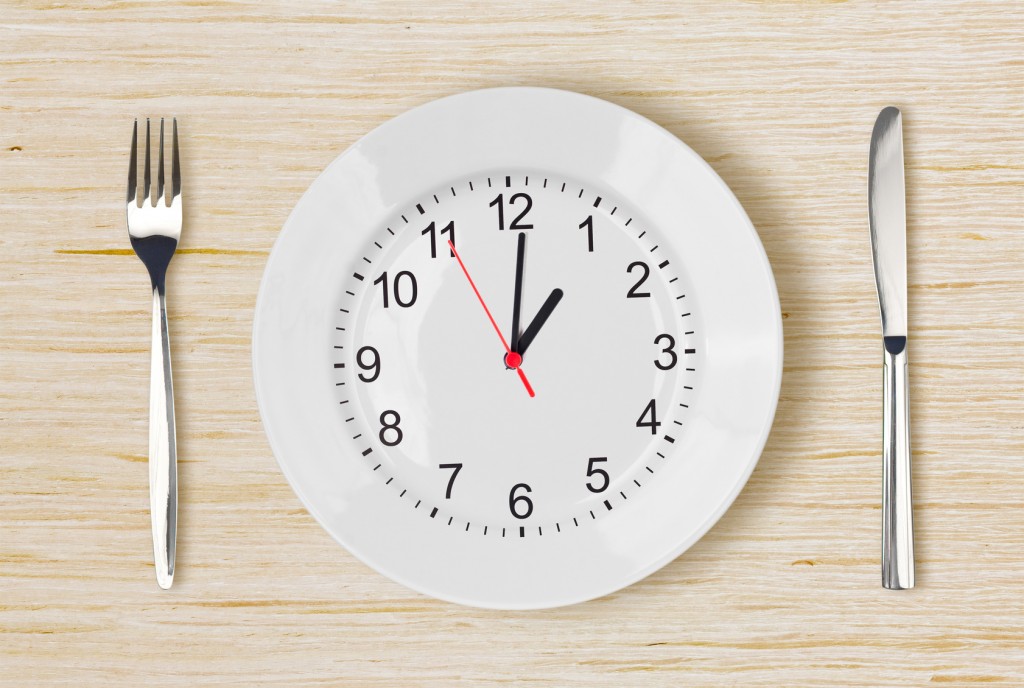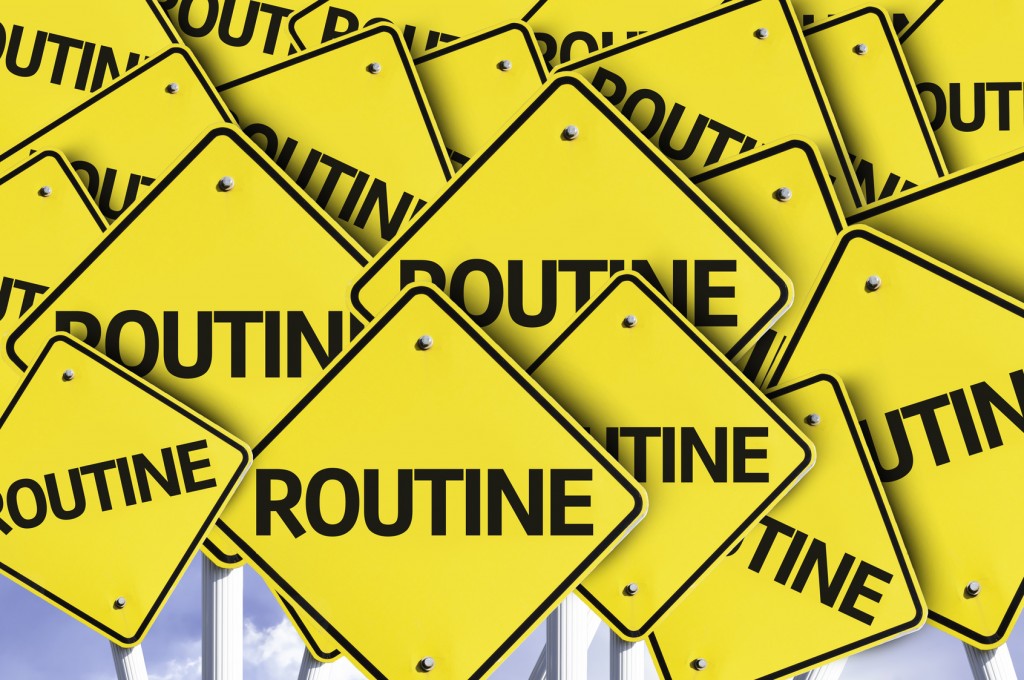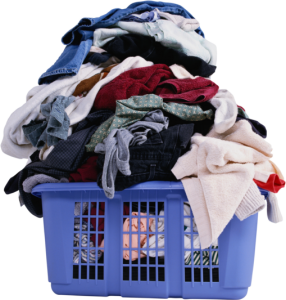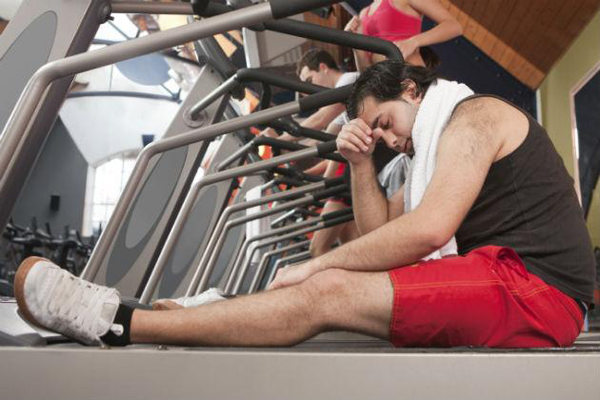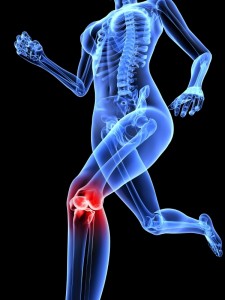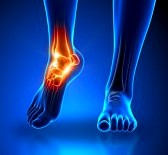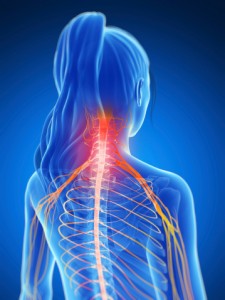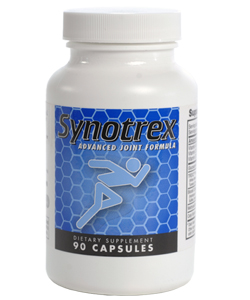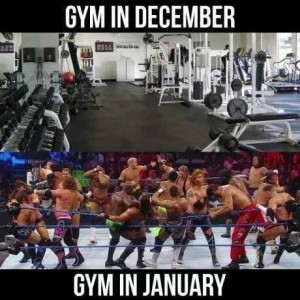Every time you walk onto the weight floor, you’ll see guys using bad form or doing exercises that make you cringe. Those are just two of the many possible ways that lead to huge setbacks in terms of gains. We all make mistakes in the gym, yet some are not as obvious as others.
To save yourself time, get faster results and make your workouts more effective, avoid these following 8 mistakes:
1. WAITING FOR EQUIPMENT
Lines at the gym are bound to form during peak workout hours. The best option is to head to the gym during off-hours either early in the morning or after 7 p.m. once the after-work crowds have finished. No matter how busy the gym is, you should never have to stall your routine in order to wait for equipment. Come prepared with a Plan B routine to stay moving rather than wasting your time waiting for a bench to open up.
___________________________________________________________________________
2. SKIPPING THE WARMUP
Dodging the pre-workout warmup is a surefire way to injure yourself when you hit it hard at the gym. Have a dedicated warmup that involves bodyweight exercises like lunges, squats, pushups and jumping jacks to elevate your heart rate prior to attacking the weights.
_________________________________________________________________________
3. CARDIO BEFORE LIFTING
Cardio can be detrimental when done at the wrong time. Completing a 30-minute job before a set of heavy squats may increase your heart rate and act as a warm-up, but by the time you get under the bar, you’ll be fatigued which can lead to poor form or potential injury. Get your form-intensive lifting session done first, then hit the cardio area.
_________________________________________________________________________
4. NOT TIMING REST PERIODS
According to Jason Ferruggia, head strength coach at Renegade Strength and Conditioning, “most guys should be in and out of the gym in 60 minutes, including warm-up, cool-down and a good lifting session.” To make that possible, avoid wasting precious moments in between sets of an exercise. Wear a stopwatch or use an app on your phone to limit yourself to under a minute. You’ll be amazed at how quickly you finish your workout.
_________________________________________________________________________
5. WORK CORE AT THE END
If you leave your core work until the end of your workout, you’re likely to cut it short. When you’re tired and nearing the end of a lifting session, the last thing you will want to do is multiple sets of planks, side planks and leg raises. Instead, get the core training out of the way early by incorporating the same moves in between exercises.
_________________________________________________________________________
6. FORGETTING YOUR WATER BOTTLE
Although it may seem trivial in terms of your overall routine, leaving your water bottle at home forces many guys to head to the water fountain in between sets. The result – wasted time in between exercises. To keep your workout going strong, bring your own bottle and fill it up beforehand.
_________________________________________________________________________
7. NOT PLANNING AHEAD
Walking onto the weight floor without a plan for your workout is like heading into the grocery store without a shopping list. You’ll end up aimlessly wandering back and forth, spending way more time than necessary. Your plan of action should be well-thought out in advance. Include the exercises, sets and reps as well as the order you want to do them in so you can plan your route around the gym floor.
_________________________________________________________________________
8. SAME MACHINES, SETS & REPS
Doing the exact same workout week after week will prevent new gains and lead to burnout. Failing to impose any new challenges on your muscles – such as increasing the weight you use or number of reps your perform – simply helps keep them the same size, whereas pushing yourself harder than you’re accustomed to will actually motivate new muscle and strength.
It’s not too late to correct your mistakes and push the gas pedal to speedy muscle growth. Knowledge is power. You now know 8 stupid mistakes to avoid in the gym. Now it’s time to learn about the 8 ways to lose muscle: read now
Written by: Tristan “Lucky”




